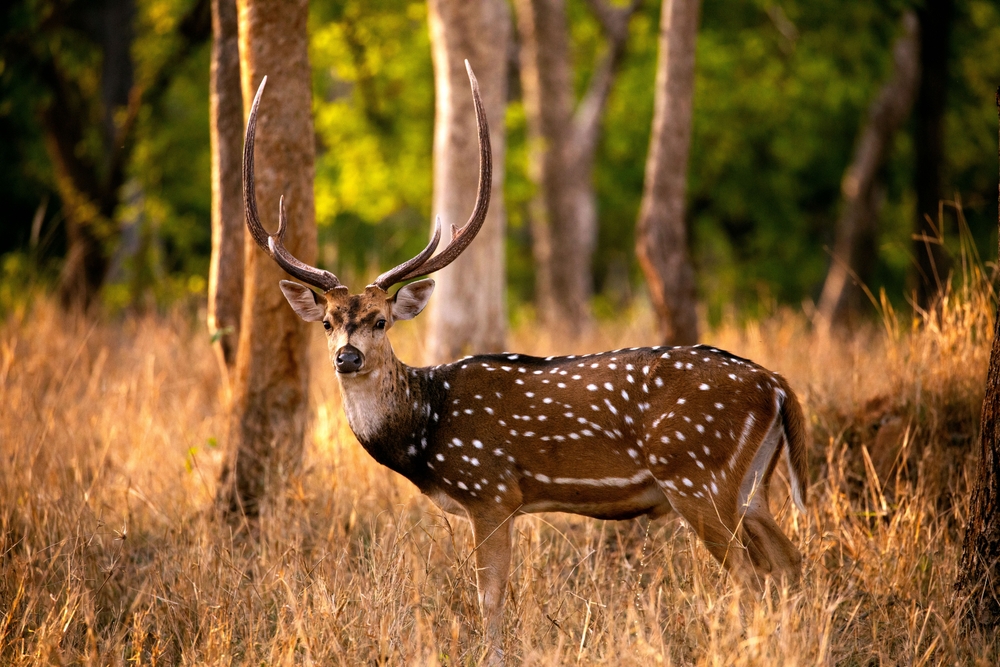Betla Overview
Betla National Park, located in the Latehar district of Jharkhand, India, is a treasure trove of natural beauty and biodiversity. The name “Betla” is derived from an acronym highlighting the park’s key attributes: Bison, Elephant, Tiger, Leopard, and Axis deer. Covering an area of approximately 250 square miles (645 square kilometers), this park is part of the larger Palamau Tiger Reserve and is one of the first national parks in India to gain the distinction of being a tiger reserve. Its location in the Chotanagpur Plateau ensures a diverse landscape that ranges from dense forests and open grasslands to rocky terrains and meandering rivers.
The terrain of Betla National Park is a captivating mix of hills, valleys, and flatlands, enriched by the presence of the North Koel River and its tributaries. The park is dotted with picturesque waterfalls, including the Lodh Falls, one of the highest waterfalls in Jharkhand, cascading from a height of around 468 feet (143 meters). The dense vegetation includes sal, bamboo, mahua, and palash trees, interspersed with grasslands that create an ideal habitat for a variety of wildlife. During the spring, the forest comes alive with vibrant red and orange hues of blooming palash flowers, offering an enchanting view.
Betla is renowned for its rich biodiversity. The park is home to an array of mammals, including elephants, Bengal tigers, leopards, sloth bears, and gaur (Indian bison). Herds of spotted deer and sambar deer are commonly sighted, while langurs and rhesus macaques add to the lively scene. Bird enthusiasts can delight in spotting over 180 species of birds, including peafowls, parakeets, hornbills, and drongos. The North Koel River and its wetlands attract aquatic species and migratory birds, enhancing the ecological value of the park.
Popular features of Betla National Park include the historic Palamau Forts, which date back to the 16th century and offer a glimpse into the region’s historical and architectural heritage. Visitors can explore these forts nestled within the park, surrounded by lush greenery. Jeep safaris and guided nature walks are popular ways to explore the park’s diverse ecosystems. Observation towers and watchpoints provide excellent vantage spots for wildlife sightings, especially during the dry season when animals gather near water sources.
Conservation efforts in Betla National Park have seen notable successes, particularly in tiger conservation and the protection of elephants. However, challenges persist, including human-wildlife conflicts and deforestation in surrounding areas. The park management works in collaboration with local communities to address these issues through eco-development projects and awareness programs, fostering a harmonious relationship between people and nature.










































































